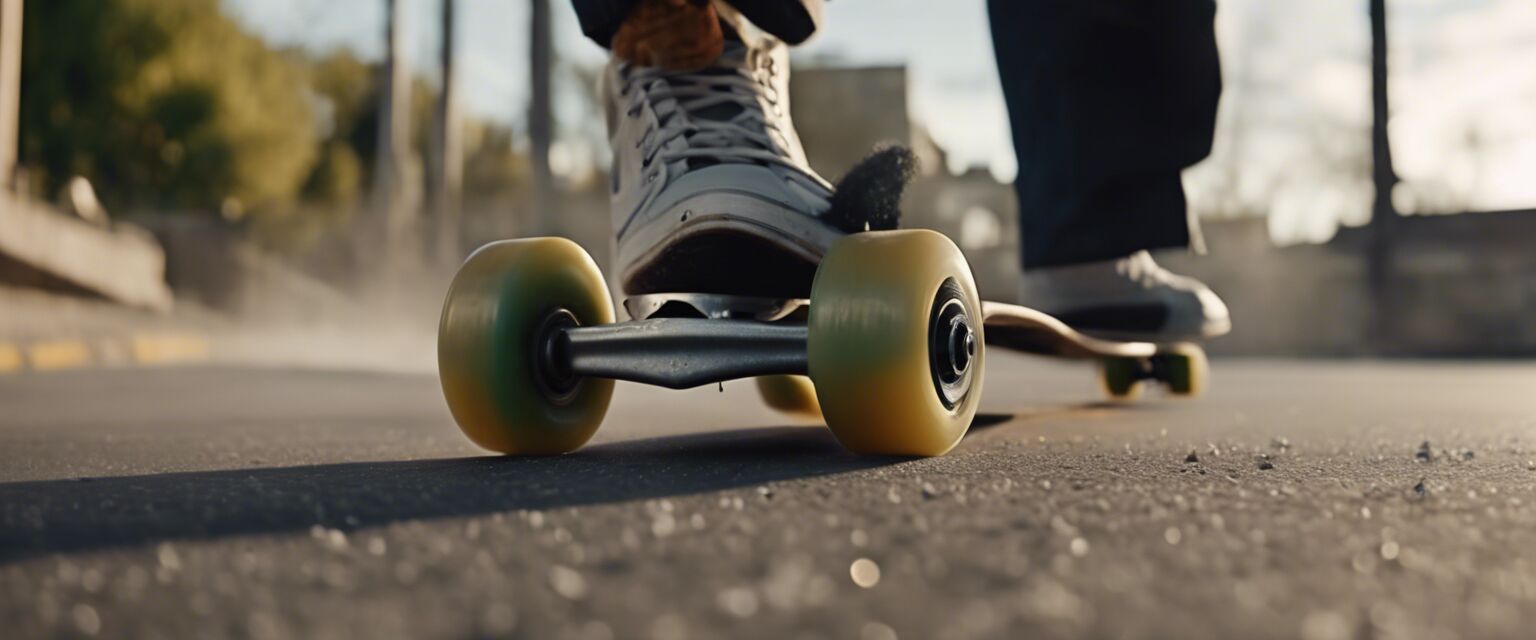
Skateboarding Culture
Key Takeaways
- Skateboarding originated in the late 1940s and early 1950s in California.
- The culture blends sports, art, music, and fashion.
- Skateboarding has a global influence, affecting youth culture and lifestyle.
- Different styles of skating have emerged, including street, vert and freestyle.
- Skateboarding remains an accessible and inclusive sport worldwide.
Skateboarding, more than just a mode of transport or a sport, is a vibrant culture that intertwines creativity, innovation, and community. It has evolved over decades, morphing into a global phenomenon that thrives on the spirit of freedom and self-expression. This article dives into the history, influence, and various aspects of skateboarding culture worldwide.
The Origins of Skateboarding
Skateboarding began in the late 1940s as surfers in California sought a way to surf on land. Early boards were essentially wooden boxes with roller skate wheels attached. This primitive version laid the foundation for what would soon evolve into a thriving subculture.
The Evolution of Skateboards
| Year | Milestone |
|---|---|
| 1940s | Introduction of the first homemade skateboards |
| 1960s | Commercial production of skateboards increases |
| 1970s | The vertical ramp skating and Ollie trick are invented |
| 1980s | Rise of skateboarding in street style |
| 2000s | Skateboarding becomes an Olympic sport |
The Cultural Impact of Skateboarding
The skateboarding culture significantly influences art, music, and fashion. The freestyle nature of skateboarding gives rise to diverse creative expressions. Let’s explore some of its cultural intersections:
Art
Graffiti and street art are integral aspects of skateboarding culture. Here are some artistic elements connected to skateboarding:
- Deck designs often feature unique artwork, showcasing creativity.
- Skate parks become canvases for street artists.
- Photography captures the dynamic movements of skaters, becoming a recognized art form.
Music
Skateboarding has a unique relationship with various music genres, primarily punk and hip-hop. Popular influences include:
- Punk rock, which aligns with skateboarding's rebellious spirit.
- Hip-hop culture, which often features skateboarding in lyrics and videos.
- Skateboarding videos, showcasing skaters to soundtracks that define the sport.
Fashion
The clothing style in skateboarding blends comfort and functionality. Key fashion elements include:
- Loose-fitting tee shirts and graphic tees that allow freedom of movement.
- Baggy pants or shorts made to withstand falls.
- Sneakers designed specifically for skateboarding for grip and comfort.
Types of Skateboarding Styles
As skateboarding has matured, various styles have developed to cater to different preferences and terrains. Let’s break down some popular forms:
| Style | Description | Best For |
|---|---|---|
| Street | Skating in urban environments using ledges, stairs, and railings. | Tricks and urban creativity |
| Vert | Skating on half-pipes and vertical ramps. | Aerial tricks and high jumps |
| Freestyle | Emphasis on technical tricks performed on flat ground. | Creative expression and unique tricks |
| Downhill | High-speed riding down hills and slopes. | Speed enthusiasts and adrenaline seekers |
| Longboarding | Using longer boards suitable for cruising and downhill racing. | Casual riding and transport |
Skateboarding’s Global Influence
Today, skateboarding is enjoyed all around the globe, transcending cultural and socio-economic barriers. Major influences include:
- Skateboarding events and competitions such as the X Games promote international camaraderie.
- Local skate shops and parks foster community and support budding skaters.
- Skateboarding is recognized as a sport in global competitions, including the Olympics.
The Future of Skateboarding Culture
As skateboarding continues to grow, new trends and directions are emerging. The introduction of technology has allowed for:
- Enhanced skateboard designs that focus on performance.
- Online communities sharing tips, tricks, and experiences.
- Skateboarding’s acceptance as a legitimate sport at various levels.
Conclusion
Skateboarding culture is not merely a trend; it’s a lifestyle full of freedom, creativity, and community. Understanding its origins, influences, and how it evolves offers a unique perspective on why this sport resonates with so many. Whether you're a seasoned skater or new to the sport, its draw continues to inspire generations worldwide. Explore our complete skateboards and other categories like pro skateboard decks and skateboard wheels to find the perfect fit for you.
Tips for Beginners
- Choose the right skateboard for your style.
- Start on flat ground to practice basic moves.
- Wear safety gear, including a helmet and pads.
- Join a local skate park to connect with other skaters.
- Be patient and enjoy the learning process.
Pros
- Encourages self-expression and creativity.
- Promotes a sense of community and friendship.
- Accessible to people of all ages and skills.
Cons
- Requires safety precautions to avoid injuries.
- Can be viewed negatively by some communities.
- Get equipment that can be costly at first.









